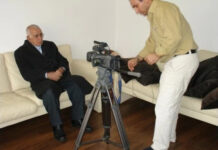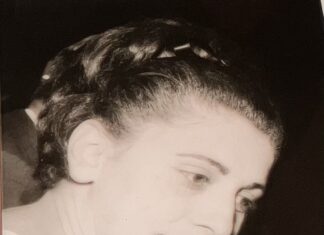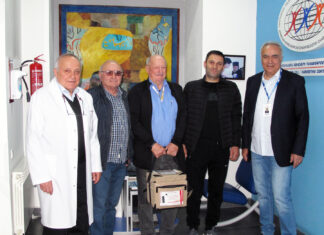By Suren Sargsian, PhD
YEREVAN — A new era in the history of the Armenian press truly began at the commencement of 1988. The birth of a free, democratic press depended on those large-scale, revolutionary changes which arose in the USSR in the 1990s. It is customary to divide the history of a new press into three stages: self-publication, transitional period and formation period. The basis of this was established in 1991 with the law titled “On the Press and Other Means of Mass Information,” by means of which the legal framework for the regulation of the activity of the press was formed. The most distinctive characteristic of this period was the battle of the resources of the press for the sake of social influence, and the passage from a sentimental, romantic style to that of moderate realism.
The traditional Armenian political parties began to work freely in Armenia in 1991. Of these, the Armenian Democratic Liberal Party (ADLP) in particular commenced in newly independent Armenia with the publication of its first newspaper, Azg. The initiators were Hagop Avedikian, a longtime member of the political party and editor-in-chief of the Beirut daily Zartonk, and prominent DLP leader Edmond Azadian, the honorable intellectual of the Armenian press who has received the title of academician of the National Academy of Sciences of the Republic of Armenia. The finances came from the great philanthropist Alex Manoogian via the central board of directors of the Tekeyan Cultural Association.
The technical group, led by Mihran Minasian, director of the Boston-based ADLP Baikar Association, and physicist Pavel Dallakian created the technical aspects of the newspaper, the fonts and the plan for the layout of the pages. After successfully concluding the preparatory work, under the editorship of Avedikian, the first issue of the newspaper was published on February 16, 1991. The editorial of the first issue clarified what type of periodical Azg was to become: “First of all, it will provide news, if it is a newspaper, so the communication of news is paramount. Second, Azg is to be the podium for free and unconstrained thought; free, just and appropriate criticism, no matter how painful that might be; and the bold posing of questions, no matter how sensitive these might be. Third, it will attempt to bolster and restore our people’s internal equilibrium. Fourth, it will attempt to unite our nation under the flag of pan-Armenianism with the vision of the national Great Dream — the slogan of one homeland, one people and one fate. Fifth, Azg is the mouthpiece for democratic and liberal ideology and mode of action; it restores that way of thought so brutally halted on Armenian native land some 70 years ago.”
The first and second issues of the periodical appeared as the official newspaper of the DLP, but at the demand of the registering body, the name of the political party was removed from the subtitle. Azg was not the official organ of the ADLP, but was created by a council of founders. The members of the founding council were Hagop Avedikian (Lebanon), Vatche Ghazarian (US) and Mihran Minasian (US), and joining after the January 20, 1992 reregistration of the newspaper were Konstantin Kostandian and Ruben Mirzakhanian (both from Armenia). The first eight or nine issues of the newspaper did not sell, although 10,000 copies were printed of each, but beginning with the 10th issue, it gradually became loved and attained great success. The print-run increased. During the first year of publication, 92 issues appeared, after which it became a daily newspaper. By the end of 1993, 43,000 copies of the newspaper were being sold daily. Not one copy was distributed for free. Revenue increased. In the first half of 1993, the newspaper was also published in the US. Through the activity of Azg newspaper, the foundations of true journalism were established in Armenia. Azg was one of our first periodicals with pluralistic, balanced and objective news. It was the first daily newspaper to be composed and formatted by computer, not only in the Republic of Armenia, but in the entire region.
The publication of the newspaper continued until April 1996 without any major interruption. However, due to political disagreements and the decision of the Ministry of Justice of the Republic of Armenia, the composition of the founders’ [council] was fundamentally changed, and in April to May 1996, two newspapers bearing the same name appeared. One of them, by means of the Azg editorial staff and with the encouragement of the ADLP of Armenia, began on April 23 with 99 copies of one page, sent via computer, and edited by Hagop Avedikian. The latter wrote, “In our country, perhaps freedom of speech on sensitive topics and pluralism again clashed with the unformed state mechanism of democracy. We will not desert our workplace, and will continue our usual work activities.” The other was the false Azg (issue numbers 1082-1091) by the “Democratic Liberal Political Party Representation” public organization, under the signature of the editorial council. The latter on April 27, 1996 announced in its editorial, “Finally, the ADLP established its true representation in Armenia and restored its legal right with respect to Azg daily.”









